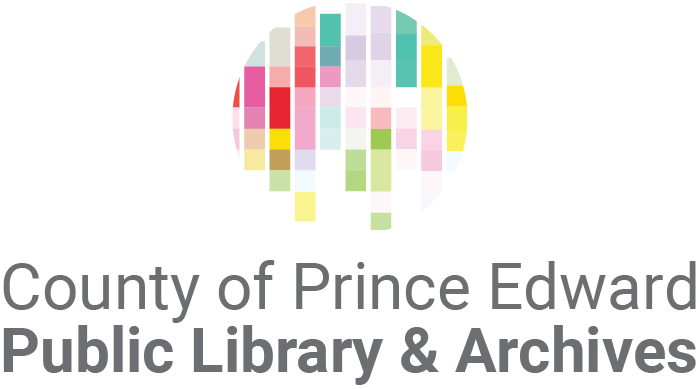Art History – the basics by Grant Pooke & Diana Newall
A brief summary. The first chapter covers an introduction the field of Art History, including perceptions of art, the history of the study of art history, some well-known theories in art history, and how the field of art history has changed throughout time. Chapter two “Formalism, Modernism, and modernity” covers a brief introduction of modernist artwork, how artwork was thought of at the time as well as ideas of formal analysis, schools of thought and ideas of tradition. Chapter three: Marxism and Marxist analysis in art history. How Marxism influenced artists and the creation of art, as well as Marxist analysis on artwork throughout history. Chapter four: symbolism. Chapter four goes into depth about symbolism and theories about symbols in art, how symbols have changed throughout history and semiotic analysis of art. Chapter five covers Freud’s influence on artistic creation and analysis from the Surrealist art movement to its influence on feminist art and feminist art theories. Chapter six covers sex and gender, as well as feminist art, feminist theory and queer theory within artwork and its impact on art analysis. Chapter seven: postmodern art, the complications in the definition of postmodern artwork and the concept of installation artwork and what counts as art. The last chapter, chapter eight covers globalization and the effect of Euro-centricity in art history as well as colonization’s impact on art in Africa, Eastern Europe, Asian, etc. As well as the globalization of the study of art history.
The original reason I picked up the book was because of my love for art history and the desire to increase my depth of knowledge. The book covers many different areas, topics and perspectives within the study of art history. It is a good book if you know a little bit of basic art history information, or if you seek more knowledge in a few specific areas. The book isn’t written as a timeline, so you won’t get an overview of art through certain time periods. It covers more different theories and perspectives in art history and how that relates to certain time periods and movements. The book wasn’t exactly riveting, or attention-keeping. I wouldn’t recommend the book if you’re looking for something to keep your attention. Although it is full of information, every sentence is valuable knowledge, it does feel similar to reading a textbook or academic book. I read the book cover to cover, however, I would recommend reading based on the chapters that interest you first, although I would recommend reading the first chapter as it provides a good introduction to the field of art history. Depending on how fast of a reader you are it is a rather long read, simply because each chapter is long and because of the amount of information there is for the amount of text.
